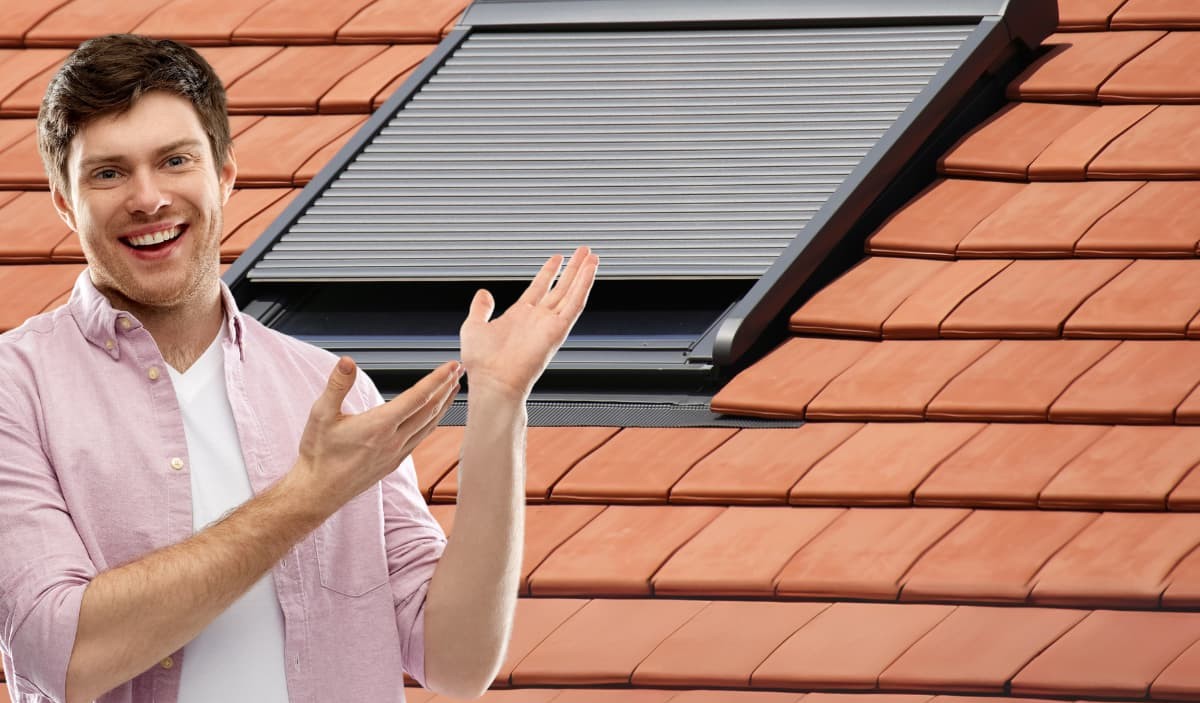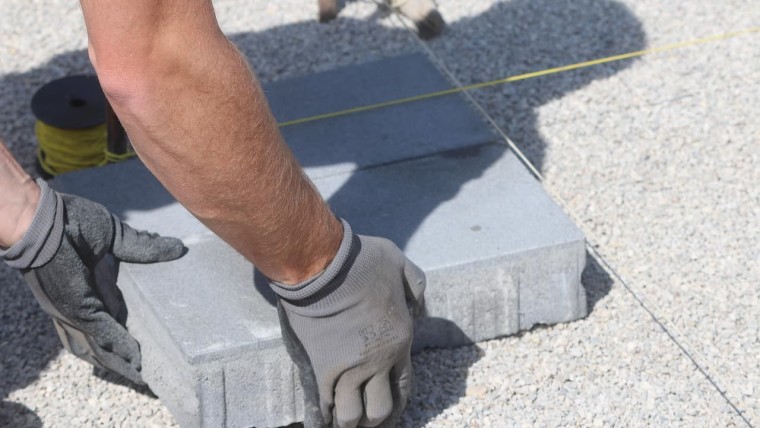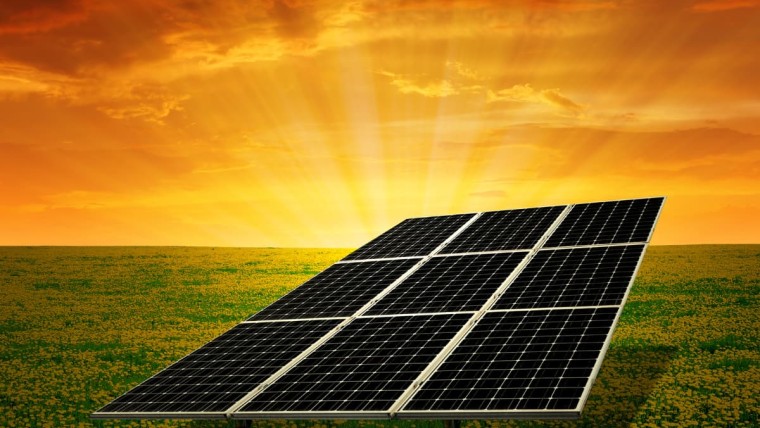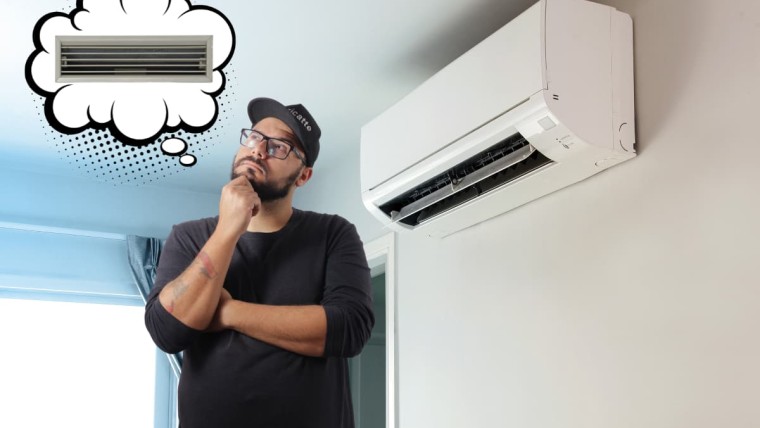Velux windows offer many advantages, such as natural light and ventilation. However, it's essential to insulate them properly to prevent heat loss in winter and keep them cool in summer. Discover our tips for improving the insulation of your velux windows.
Choose high-performance glazing for optimum insulation
For good insulation performance, it's best to opt for reinforced double glazing or triple glazing.
- Reinforced double glazing :
- Composition: Two sheets of glass separated by a layer of air or gas.
- Gas used: Generally argon.
- Typical thickness: Varies, but can be around 12 to 16 mm (space between panes).
- Thermal transmittance (U): Can vary, but is generally between 1.1 and 1.6 W/(m²-K). The lower the figure, the better the insulation.
- Triple glazing :
- Composition: Three sheets of glass with two spaces filled with insulating gas.
- Typical thickness: Can be 24 mm or more (total space between panes).
- Thermal transmittance coefficient (U) : Often less than 1.0 W/(m²-K).
- Comparison with standard double glazing :
- Standard double glazing has a higher U value (less insulating) than reinforced double glazing.
- Example: standard double glazing could have a U value of 2.8 W/(m²-K), while reinforced double glazing is around 1.1 to 1.6 W/(m²-K).
Double and triple glazing are heavier and more expensive than single glazing. Triple glazing is generally the heaviest and most expensive, but offers the best insulation.
Install seals to prevent cold air infiltration and heat loss
The installation of gaskets is essential for good roof window insulation. These gaskets, usually made of durable, flexible rubber, are designed to effectively block cold air and retain interior heat. They incorporate a thick fabric coupled with an insulating layer, often foam or reflective film. Foam offers robust insulation thanks to its ability to trap air, while reflective film reduces heat loss by reflecting heat back into the interior.
This configuration considerably improves energy efficiency, reducing air infiltration and heating requirements. In addition to their insulating performance, rubber gaskets offer increased resistance to climatic variations and UV rays, guaranteeing a long-lasting solution. The initial cost of these gaskets is generally offset by long-term energy savings, making this option both ecological and economical.
Use insulating curtains for your roof windows
Installing gaskets is a key element in optimizing roof window insulation. These gaskets, often made of rubber for its strength and flexibility, are specially designed to counter the infiltration of cold air and maintain interior warmth. They incorporate a thick fabric combined with an insulating layer, usually foam or reflective film.
The foam, with its cellular structure capable of trapping air, offers an R-value (thermal resistance) of up to 5 m²-K/W, guaranteeing effective insulation. The reflective film, meanwhile, helps reduce heat loss by reflecting heat back towards the interior, improving thermal insulation.
This combination can reduce air infiltration by up to 40%, improving energy efficiency by significantly reducing heating requirements. What's more, the rubber of the gaskets, thanks to its resistance to climatic variations and UV rays, ensures enhanced durability. Although the initial cost of these gaskets may vary, the long-term energy savings can reach 10-15% on heating bills, making this investment not only environmentally friendly but also economically advantageous.
Choose shutters to further protect and insulate your roof windows
Roof window shutters, made from materials such as aluminum, PVC or wood, offer a practical and aesthetic solution for homes. They are available with manual or electric opening systems, offering ease of use adapted to the needs of each user. The use of shutters brings several notable advantages.
First of all, thermal insulation is significantly improved with the installation of shutters. The materials used, such as aluminium and PVC, have good insulating properties, helping to maintain a constant temperature inside, whether to keep warm in winter or cool in summer. This translates into reduced heating or air-conditioning requirements, which can be reflected in savings on energy bills.
Shutters also provide additional protection against intruders and adverse weather conditions. In the event of inclement weather, such as heavy rain or strong winds, aluminum or PVC shutters, for example, provide a sturdy barrier to protect windows and, by extension, the interior of the home. Similarly, the presence of shutters can deter intruders, offering an extra level of security for the home's inhabitants.
The choice between manual or electric opening depends on individual preferences and practical considerations. Electric systems, which can often be controlled remotely, offer greater convenience, particularly for windows that are difficult to access, while manual systems may be preferred for reasons of simplicity and cost.
Add external insulation to further improve the insulation of your roof window
To further enhance the insulation of your roof window, you can opt for external insulation. This method involves installing thermal insulation, such as mineral wool or expanded polystyrene, on the roof around the roof window, then covering it with a waterproof, resistant covering, such as tiles or slate.
External insulation has the advantage of reducing thermal bridges and improving the roof's thermal inertia, keeping heat in in winter and cool in summer.
Benefits of external insulation :
- Reducing thermal bridges
- Improving the roof's thermal inertia
- All-season comfort
By following this advice and choosing the right solutions for your needs, you can benefit from efficient, long-lasting insulation for your roof windows, giving you optimum comfort all year round.

Julien G.
Julien, diplômé en ingénierie mécanique et spécialiste en génie climatique depuis 2009, s'est reconverti en rédacteur spécialisé en énergies renouvelables, avec une expertise en pompes à chaleur et panneaux solaires photovoltaïques pour l'habitat individuel.






